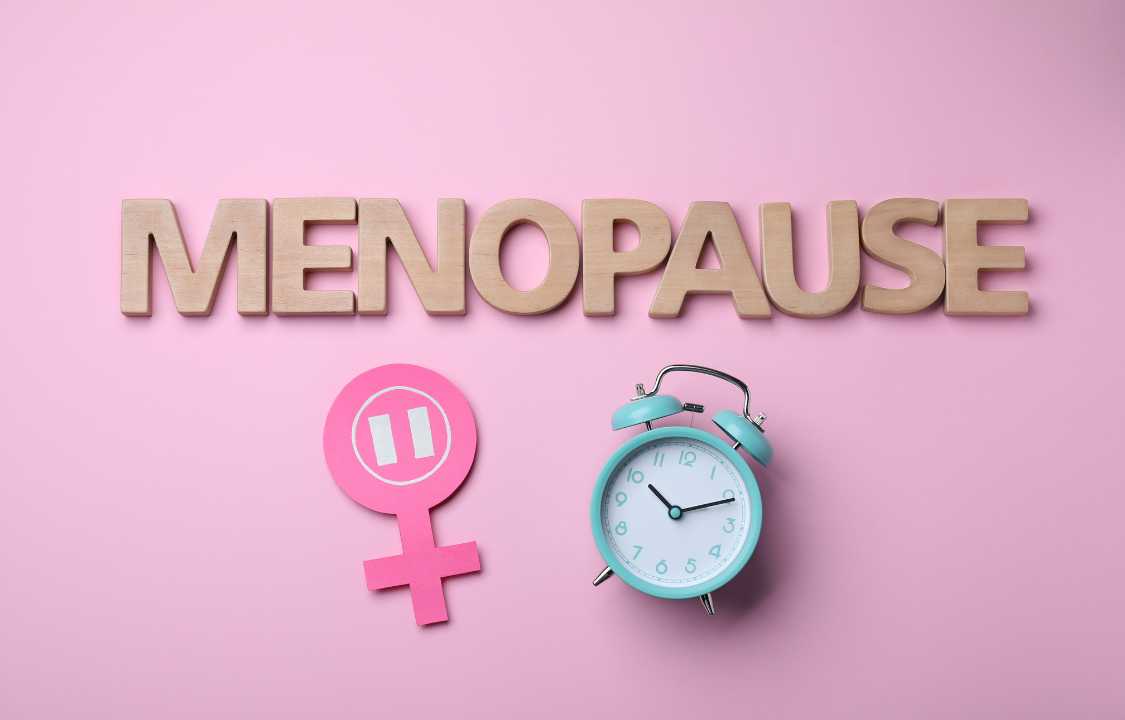Diagnosis, Menopause, Menstruation, Treatment
Reasons, Risks, and Treatment for Premature or Early Menopause
Premature menopause can happen between the ages of 40 to 45.
Waking up at night drenched in sweat, struggling to concentrate, and experiencing irregular periods – these are the hallmark symptoms that many associate with menopause, marking the end of a woman’s reproductive years, typically occurring around age 52. However, when these symptoms arise prematurely, particularly in one’s 30s, it can be a source of concern. In this comprehensive guide, we delve into the causes of premature and early menopause, the associated risks, diagnosis methods, and available treatments.
Understanding Early Menopause
Early menopause can be classified into two categories: premature and early menopause. Premature menopause occurs when the ovaries cease normal function before the age of 40, while early menopause takes place between ages 40 to 45.
Approximately 5% of individuals who menstruate will experience early menopause. This phenomenon, often without a clear cause, involves a gradual reduction in the production of the hormones estrogen and progesterone by the ovaries, occurring at a younger age than the typical onset of menopause.
It’s important to note that premature and early menopause share similarities with primary ovarian insufficiency (POI), a condition characterized by ovarian dysfunction before the natural onset of menopause. However, POI differs from menopause in that individuals with POI may still experience irregular periods and retain the potential for pregnancy.
Potential Risks of Premature and Early Menopause
Regardless of age, menopause can pose various complications. The natural decline in estrogen levels during menopause elevates the risk of several health conditions, including mood changes, decreased libido, depression, anxiety, osteoporosis, heart disease, and infertility. Estrogen plays a protective role in the health of the heart and bones, so a reduction in its production increases vulnerability to these conditions.
Furthermore, individuals who experience premature or early menopause may grapple with additional mental health challenges due to infertility. If fertility preservation is a priority, discussions with healthcare providers about in vitro fertilization (IVF) and the potential use of donor eggs or embryos can be beneficial.
Causes of Premature and Early Menopause
While many cases of premature and early menopause occur without an identifiable cause, several factors can heighten the risk. Some of these include:
1. Autoimmune Diseases: Certain autoimmune disorders can lead to premature or early menopause. In these cases, the immune system may mistakenly target ovarian follicles, interfering with their function. Conditions like irritable bowel disease (IBD) and thyroid disease have been linked to early menopause, though more research is needed to establish definitive connections.
2. Certain Health Conditions: Chronic illnesses like untreated HIV and chronic fatigue syndrome (CFS) have been associated with early menopause. HIV, particularly when accompanied by low CD4 cell counts, can hasten menopause. CFS, characterized by symptoms such as extreme fatigue and joint pain, may also contribute to early menopause, though further research is required to establish a clear link.
3. Chemotherapy or Radiation Treatments: Cancer treatments, such as chemotherapy and radiation therapy, can damage the genetic material in egg cells, potentially leading to early menopause. The extent of damage depends on factors like the type of treatment, radiation dose, age at treatment, and the treated area of the body. Some individuals may not experience symptoms of early menopause until years after undergoing cancer treatment.
4. Chromosomal Abnormalities: Genetic factors can also influence the timing of menopause. Conditions like Fragile X-associated primary ovarian insufficiency (FXPOI) and Turner’s syndrome may cause irregular periods, infertility, and early menopause. Additionally, these conditions may elevate the risk of heart disease and osteoporosis, common during menopause due to reduced estrogen levels.
5. Early Age at First Period: A study has suggested that an early age at the first menstrual period, occurring before age 11, may be a risk factor for early menopause. This early age at the first period can also be associated with other reproductive issues such as irregular periods, polycystic ovary syndrome (PCOS), and endometriosis. Further research is needed to fully understand this relationship.
6. Family History: A family history of early menopause, particularly on the maternal side, can increase an individual’s likelihood of experiencing premature or early menopause.
7. Smoking: Smoking has been linked to earlier menopause, with smokers experiencing menopause almost two years earlier than non-smokers. Toxins found in cigarettes and other harmful chemicals may contribute to the depletion of ovarian follicles.
8. Surgery: Surgical interventions, such as bilateral oophorectomy (removal of ovaries) or hysterectomy (removal of the uterus), can induce menopause. While a hysterectomy does not bring about menopause as rapidly as a bilateral oophorectomy, it may still lead to menopause a few years earlier than expected.
Diagnosis and Treatment of Premature and Early Menopause
Diagnosing premature or early menopause typically relies on the absence of menstruation for 12 consecutive months. Individuals experiencing symptoms like hot flashes, night sweats, irregular menstrual bleeding, sleep disturbances, and vaginal dryness should consult a healthcare provider. Blood tests measuring estrogen and follicle-stimulating hormone (FSH) levels can help diagnose premature or early menopause. Elevated FSH levels often indicate menopause.
Hormone therapy, available in various forms such as pills, creams, vaginal inserts, patches, and sprays, can alleviate the symptoms of premature and early menopause. Consultation with a healthcare provider is essential to determine the most suitable hormone therapy type and dosage.
For those desiring pregnancy, discussions about in vitro fertilization (IVF) with donor egg cells or embryos are advisable.
In conclusion, premature and early menopause can present significant challenges, but understanding the potential causes, risks, and available treatments can empower individuals to navigate this phase of life with knowledge and proactive healthcare support. Seeking guidance from healthcare providers, particularly when experiencing symptoms, is crucial to addressing the unique concerns associated with premature and early menopause.

